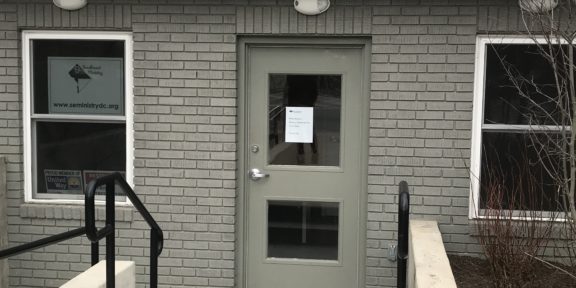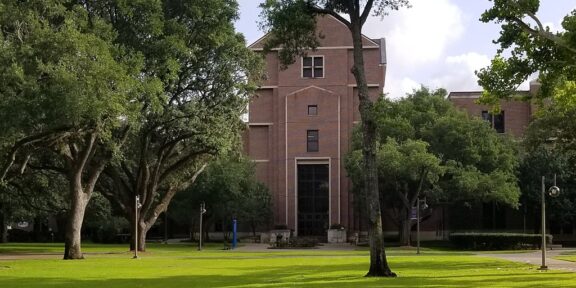Local residents, public officials and community leaders are participating in a series of meetings to come up with ideas on the use of 23 schools targeted for closing under the reorganization plan of Mayor Adrian Fenty and Chancellor Michelle Rhee.
Councilman Jim Graham headed a recent School Re-Use Workshop at Tubman Elementary School in Ward 1, – and noted the community’s concern that Meyer and Gage-Eckington schools would go unused when they close in June.
Harriet Tregoning, Director of the DC Office of Planning also attended the meeting.
“I hope that we can get some short term ideas on the table so that we can assure that these properties don’t become nuisance properties which could very well happen in a very short period of time,” Graham said.
Many residents have become anxious about which schools the mayor will recommend for surplus and which ones he will keep for governmental purposes.
Graham explains that there is a two-part process. If a particular property has no public purpose, the mayor could recommend that it should be surplused pending approval by the D.C. Council. The second decision would be to dispose of the property. That alone is separate from the DC government.
Some options discussed at these workshops include (1.) Retain buildings in public ownership and reserve for future public school use, (2.) Use excess school facility space for educational purposes and for programs that help meet needs of the District and community, and (3.) Use buildings to help implement community plans.
“We’ve had the experience in the past where we’ve put our hand on a school or a DC building, saying that we want to save this building for a future use and were never able to come up with the funds or the partners to bring that use to life”, Tregoning explained, and “Some of those buildings still sit around the city still empty, and we don’t want that for these schools.”
The participants at the meeting split up into two groups. Those who were interested in ideas for Gage-Eckington remained in the cafeteria, and those in Meyer were moved to the library.
“At this point no idea is a bad idea”, said Tarek Bolden, Ward 1 community planner, who facilitated the Gage-Eckington meeting. “Everything that Tregoning said is actually true. The city is really looking for a common consensus on what ideas you have but there are no particular things that the city is looking at.”
Ideas that were discussed included recreation centers, park space, young adult and senior housing, and library services. One member from the group said library services are desperately needed, because there is only one library in Mount Pleasant and some in Ward 5 share that one.
Meyer’s meeting seemed more indecisive when planning and exploring the various options. Ideas included using Meyer for a full-service community school, after-school programs, community arts organization or non-profits that would provide services for surrounding businesses.
Another difficulty in the decision process involves the RFP Process (Request for Proposal). It is an invitation to bid and is defined as a proposal made by a commercial organization inviting bids from possible suppliers of a product or service, or by a government or other funding agency inviting bids from possible research bodies.
William Jordan, PTA President for Tubman states, “The process is getting muddled, your mixing what is really part of the RFP process with the needs process. And to have it mixed this way without transparency really is a conflict of interest and it doesn’t give us the best use in terms of planning, this is the focus of community needs not the needs of various organizations no matter how good they are.”
Tregoning states, “I think those are good distinctions worth making and its useful to even know that there are organizations out there that might be able to help make a project feasible.”
The meeting ended with the groups recognizing some of the challenges that they could face in this process such as citizen involvement, financing and communication. Many were concerned with the distribution and efficient use of space. Both groups suggested that mixed use of the buildings to provide multiple services in one location.
Mayor Fenty, in consultation with the Deputy Mayor for Education, will make final re-use decisions based on information gathered at various community and planning meetings. The next meeting will be April 1, 2008.



